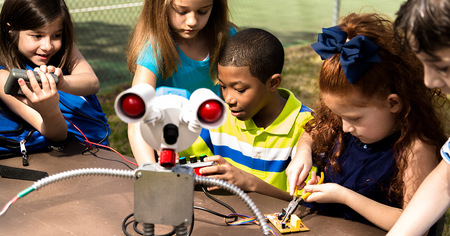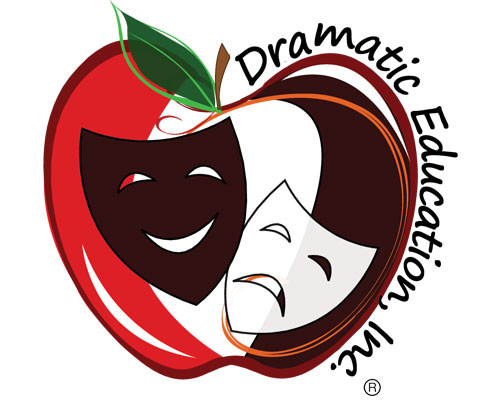Professional Development
NAA publishes fresh, new content every week covering a wide variety of topics related to the field of aftershool. In addition, NAA offers a variety of opportunities for virtual professional development (PD) through meaningful content, conversations and connections. Click here to see full descriptions of virtual PD offerings.
Displaying items by tag: critical thinking
7 Steps to Youth Engagement
Youth development professionals can tell when youth are engaged in a meaningful and challenging activity.
Question Everything!
i. Why is it important to teach STEM with hands-on activities?
ii. Why do you think that?
iii. What personal examples do you have of successfully teaching a hands-on activity?
Developing the Skills Young People Need to #STAYWOKE
Have you seen the animated whiteboard video of Sir Ken Robinson? With help from RSA Animate, Robinson explains the history of formal education and the necessity for Changing Education Paradigms.
What Questions Did You Ask Today?
At the core of the 4Cs—Collaboration, Creativity, Critical Thinking, Communication—is another C: Curiosity.
Using Science and Engineering Practices in Leadership Development
Drama Promotes Critical Thinking
Students who participate in extracurricular activities develop fundamental tools to provide and maintain critical thinking skills. Research suggests that the application of creative, abstract and imaginary expression through an aesthetic vehicle is needed to foster academic motivation, development and stability that will contribute to a child's fulfillment and security for a lifetime.
5 Tips for Cultivating Creativity and Curiosity
Providing high-quality STEM learning is bigger than simply presenting hands-on activities. The goal is to create an atmosphere of discovery where kids are engaged in creative and critical thinking. Asking good questions is an important part of creating the right environment. Through intentional questioning you can stretch young peoples' curiosity, reasoning ability, creativity, and independence.
National AfterSchool Association • 2961A Hunter Mill Road, #626 • Oakton, VA 22124 • info@naaweb.org







